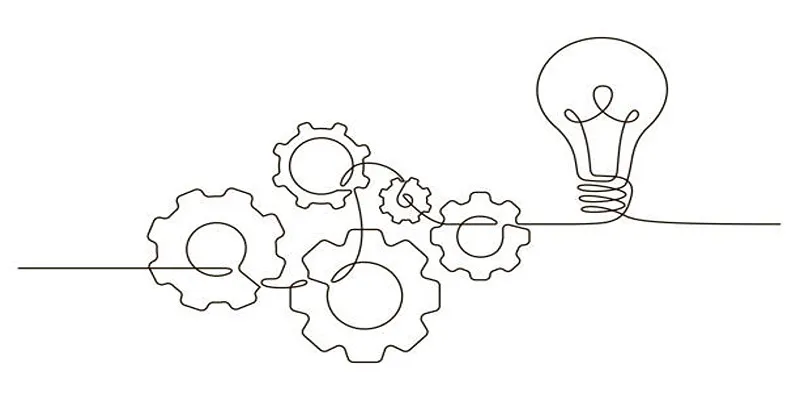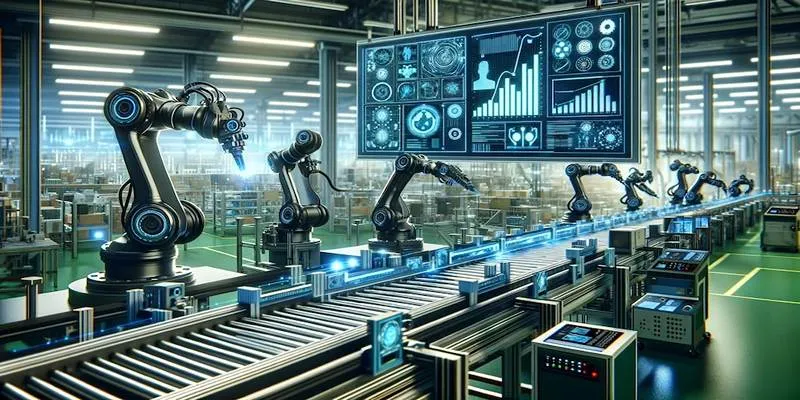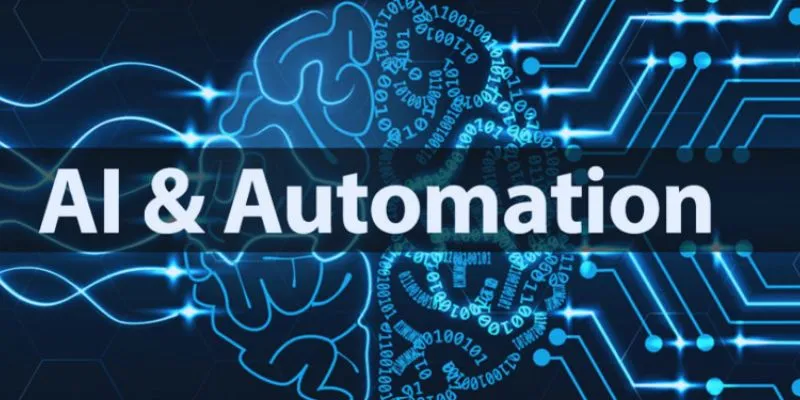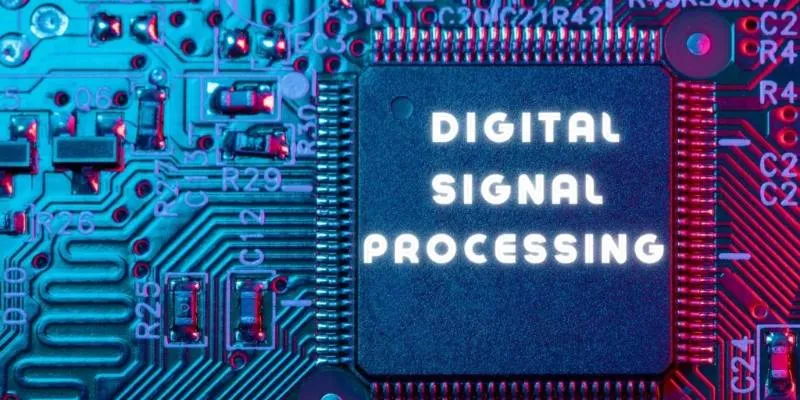Renewable energy sources, such as solar and wind, are gaining popularity as the global demand for clean energy increases. While these sources are environmentally beneficial, they face challenges primarily due to their dependency on weather conditions.
This is where Artificial Intelligence (AI) comes into play. By leveraging intelligent technologies, AI optimizes energy output from solar and wind systems, making them more reliable, efficient, and predictable. This article explores how AI is revolutionizing the utilization of solar and wind power, positioning green energy as the future’s most viable option.
Why Solar and Wind Power Need AI
Solar and wind energy are celebrated for their sustainability and cleanliness. However, both share a common challenge: variability. Solar panels are inactive at night or under heavy cloud cover, while wind turbines cannot generate power if the wind is either too weak or too strong. This inconsistency complicates energy planning and distribution. AI addresses these issues by employing data and automation to forecast output, adjust systems, and optimize energy delivery in real-time.
How AI Maximizes Solar Power Output
Solar energy systems are becoming more intelligent with AI integration. From sunlight forecasting to panel management, AI plays a crucial role in maximizing solar energy efficiency.
Solar Forecasting and Energy Prediction
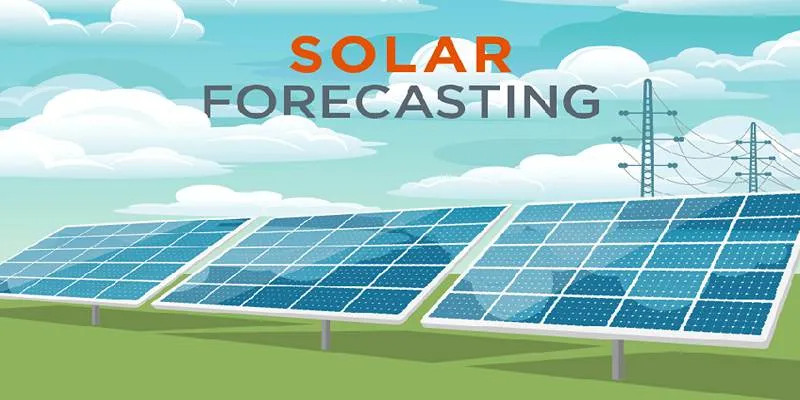
AI utilizes weather data, satellite images, and machine learning models to predict sunlight availability in specific areas. This enables solar farms to estimate their output in advance and manage energy consumption accordingly.
Benefits:
- Predicts short- and long-term solar power availability
- Assists in balancing power supply and demand
- Enhances energy storage decisions
Panel Angle Optimization and Solar Tracking
Not all solar panels are stationary. Some systems feature motorized panels that track the sun’s movement throughout the day. AI precisely controls these movements, enhancing energy generation significantly.
AI-enabled solar tracking systems:
- Boost daily energy capture
- Adjust panel tilt in real time for optimal sunlight exposure
- Adapt to seasonal changes in the sun’s position
This results in higher efficiency than stationary panels.
Maintenance and Performance Monitoring
Solar panels can lose efficiency due to dust, bird droppings, or hardware issues. AI-powered systems monitor the performance of individual panels and detect anomalies early.
What AI can detect:
- Drops in power output due to dirt or damage
- Electrical faults or overheating
- When and where maintenance is needed
This predictive maintenance helps prevent major breakdowns and ensures consistent power generation.
How AI Enhances Wind Energy Systems
Wind power is another vital component of renewable energy. Like solar, it is influenced by nature, but AI helps reduce unpredictability and improve output.
Wind Forecasting and Turbine Scheduling
AI analyzes historical wind patterns, real-time weather conditions , and climate data for accurate wind behavior forecasts.
Why it matters:
- Schedules turbines to operate during peak wind hours
- Balances grid supply based on expected generation
- Reduces reliance on backup systems
Forecasting also aids power grid operators in better managing fluctuations in energy availability.
Intelligent Turbine Control
Wind turbines adjust their blades to capture wind more efficiently. AI oversees these adjustments by analyzing wind speed, direction, and gusts in real-time, outperforming human operators in speed and precision.
AI-powered blade control systems:
- Optimize blade angle for varying wind speeds
- Prevent damage by safely shutting down during high winds
- Enhance turbine output without human intervention
This automation ensures consistent and safe energy production.
Predictive Maintenance in Wind Turbines
Wind turbines are large, complex machines. Mechanical issues like worn-out blades, overheating gearboxes, or vibration problems can reduce output or cause failure. AI systems continuously monitor each turbine component, comparing current performance to historical norms.
AI detects:
- Irregular sounds or vibrations
- Signs of wear and tear before failure
- Trends that predict future breakdowns
This results in fewer shutdowns and extends the lifespan of expensive wind equipment.
AI and Smart Grid Integration
AI not only aids in energy generation but also in efficient distribution. Smart grids utilize AI to analyze energy demand, control distribution, and manage excess energy storage.
AI in smart grids helps with:
- Real-time load balancing between renewable and conventional sources
- Managing energy storage systems (like batteries)
- Ensuring effective use of solar and wind energy across the grid
For instance, if a solar farm produces excess energy during the day, AI decides whether to store it in batteries or distribute it to areas with higher demand.
Benefits of AI in Solar and Wind Power Systems
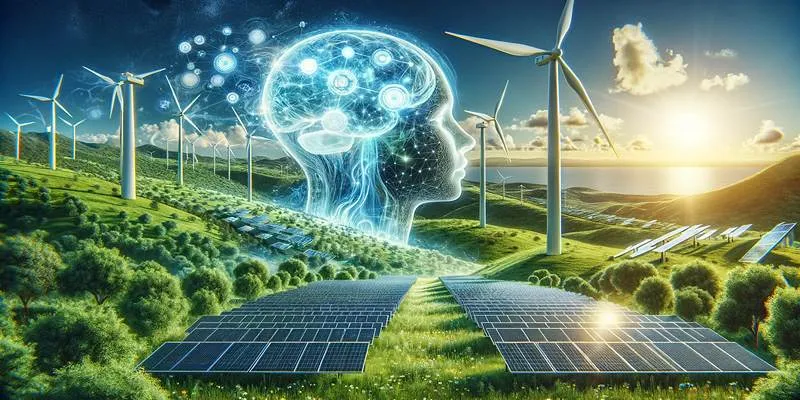
In summary, AI offers numerous advantages for optimizing solar and wind energy systems:
- Improved energy forecasting for solar and wind
- Higher efficiency through smart tracking and turbine control
- Reduced downtime with predictive maintenance
- Optimized storage and grid distribution
- Lower costs through better planning and fewer system failures
- Reduced carbon footprint by maximizing clean energy use
These benefits not only aid energy companies but also support global climate goals.
Conclusion
AI plays a pivotal role in transforming how we generate and utilize renewable energy. By maximizing output from solar panels and wind turbines, AI helps us overcome the limitations of weather-dependent power sources. Whether it’s predicting energy levels, controlling hardware in real-time, or ensuring smart grid performance, AI is essential in making renewable energy more reliable and efficient. As the world transitions toward a cleaner, greener future, AI in renewable energy is not merely an option—it’s a necessity.
 zfn9
zfn9
